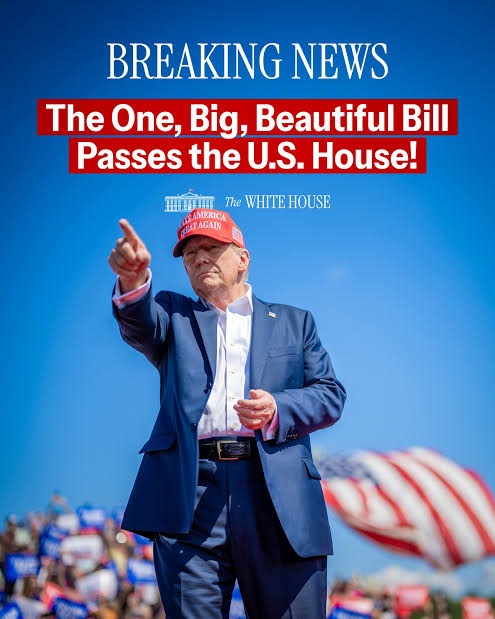DENVER — As the current federal shutdown persists, the Friends of Vicksburg National Military Park and Campaign have stepped in to fund the park's reopening, pledging $2,000 daily to ensure the site remains accessible to visitors. This initiative is particularly important as the Civil War battlefield, infamous for its role in the conflict over the Mississippi River in 1863, houses over 18,000 veterans' graves and is at risk of vandalism during staffing shortages.
Executive director Bess Averett emphasized the need for park protection, stating, “During shutdowns or times when the park is not staffed, it’s really vulnerable to vandalism and relic hunters.”
The National Park Service has established a contingency plan allowing parks to collaborate with various groups to keep operations running, in light of reduced governmental funding.
Averett's organization isn't alone; across the nation, various nonprofits and state governments are mobilizing resources to ensure visitor centers and parks remain open. For instance, West Virginia has signed agreements to reopen visitor centers in its state parks amidst the shutdown.
Many parks, while still open, face closures of visitor centers and reduced staff. The U.S. Interior Department has directed parks to utilize pre-collected recreation fees to sustain basic operations, including restroom services and trash collection.
Families trying to visit such historic sites during this tumultuous time, like Hayley Smith and her children, reported limited access to park attractions. Smith remarked, “It’s a huge thing for these kids to be able to see the history and learn about our national parks.”
In Hawaii, the Pacific Historic Parks organization has stepped up to keep the Pearl Harbor National Memorial open, illustrating a nationwide effort to preserve access to key historical sites during the shutdown.
As federal funds falter, the commitment from local nonprofits and state governments becomes increasingly vital to protecting and maintaining access to the rich history that these national parks represent.


















